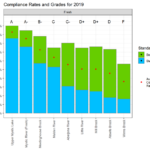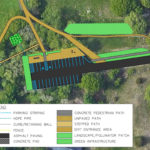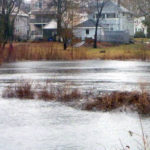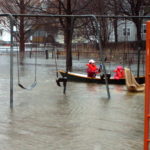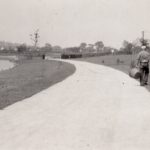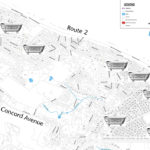
By Anne-Marie Lambert Two key drivers are nudging Belmont to clean up our waterways and protect us from the storms coming with climate change: the threat behind an Environmental Protection Agency Consent Order and the tempting Massachusetts Municipal Vulnerability Program (MVP) Every six months, Belmont is obliged to file a report with the New England region of the federal Environmental Protection Agency (EPA) to demonstrate compliance with a 2017 consent order under the Clean Water Act. The town has to show steady progress cleaning up the sewage pollution Belmont has sent to Boston Harbor due to the intermingling of Belmont’s [READ MORE]


